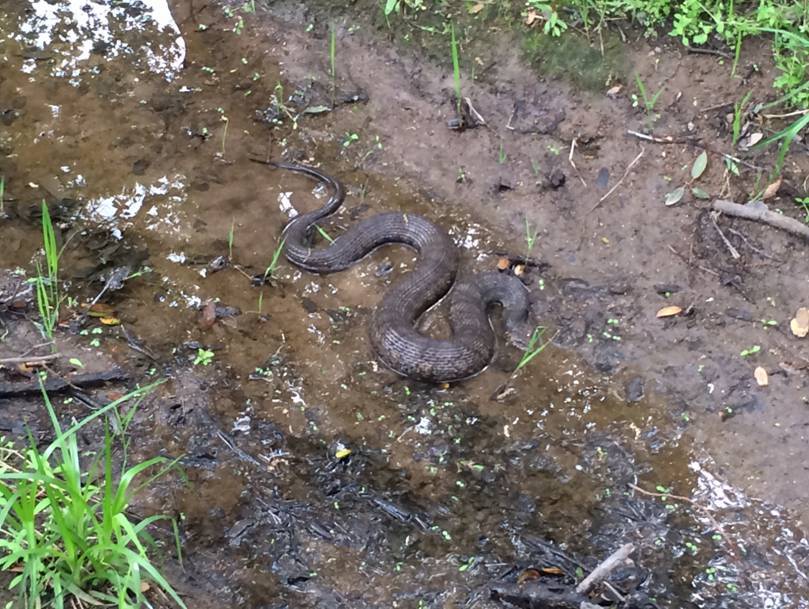Scientists have found new ways to reduce mercury in wetlands, providing hope that Sacramento-area waterways can be decontaminated of the potentially toxic element that dates back to Gold Rush-era mining activities.
The new research, published recently in Environmental Science and Technology, found that dosing wetlands with two chemicals, iron or aluminum salts, was successful in removing mercury from wetlands.
Researchers spent two years on the project and built nine wetlands on public land in the Sacramento-San Joaquin Delta at Twitchell Island. They applied water with aluminum salts to three wetlands, water with iron to another three and regular water to the last set of three, according to Tamara Kraus, a research soil scientist with the U.S. Geological Survey and a co-author of the study.
To determine the effects, researchers introduced mosquitofish. They found mercury levels in the mosquitofish decreased by 62 percent in wetlands dosed with aluminum salts and by 76 percent in wetlands where iron was used.
The mercury lingering in area rivers, creeks and wetlands dates back to the 19th century, when miners used the element to help extract gold in the Sierra Nevada foothills.
Controlling mercury levels in area rivers, creeks and wetlands is a key health issue because many people continue to eat fish they catch from mercury-contaminated waters, despite advisories.
“The mercury levels are of concern to us because people are still fishing regularly out of the Delta,” said Sonney Chong, chairman of Capital, an umbrella organization representing the Asian American and Pacific Islander community.
A 2013 assessment by the California Department of Public Health found that Hmong, Laotian and Cambodian residents are avid fishermen in the Delta, but that some have low awareness of the mercury issue.
“They’re feeding their family. It’s an outright source of food, so they’ve ignored the advisories,” Chong said.
Ingestion of mercury can lead to problems that include mental impairment and other developmental abnormalities, especially in fetuses and young children.
Mercury bioaccumulates in fish tissue and is passed up the food chain in greater quantities as larger fish eat small fish.
In 2011, a survey of 16 species of sport fish from 63 locations done by the State Water Resources Control Board found that fish caught in the Sacramento-San Joaquin Delta watershed had higher concentrations of mercury than anywhere else in the state. The highest contamination was in fish high up the food chain – smallmouth and largemouth bass, striped bass and the Sacramento pikeminnow.
Contaminated river sites included the American River at Discovery Park and the south fork of the American River at Coloma. Fish tested from the San Joaquin River pier at Point Antioch and at Louis Park in Stockton also showed high mercury levels.

